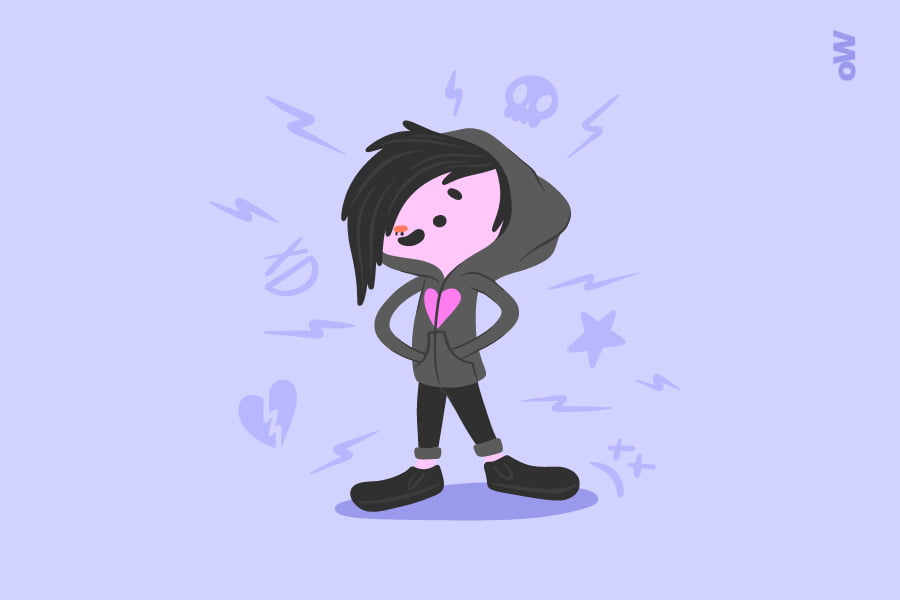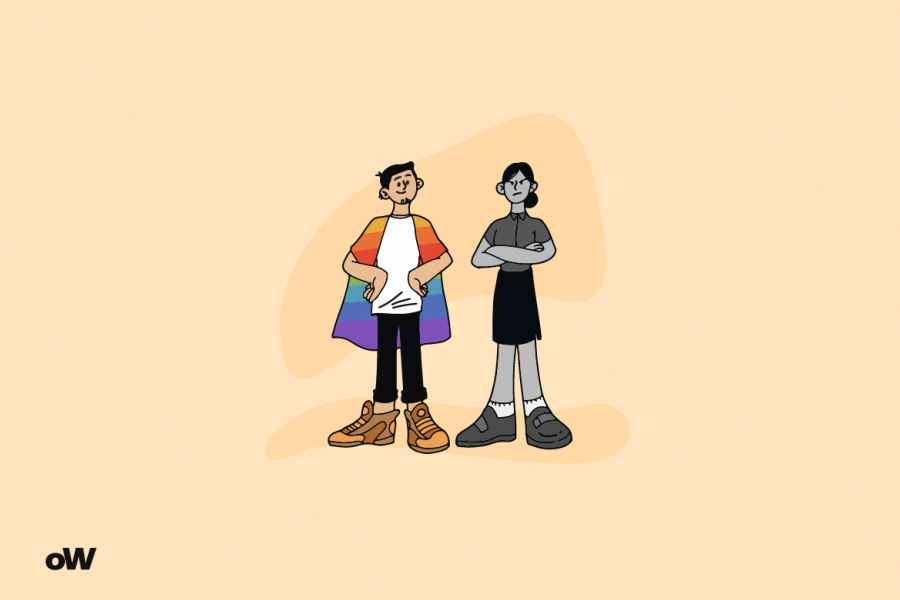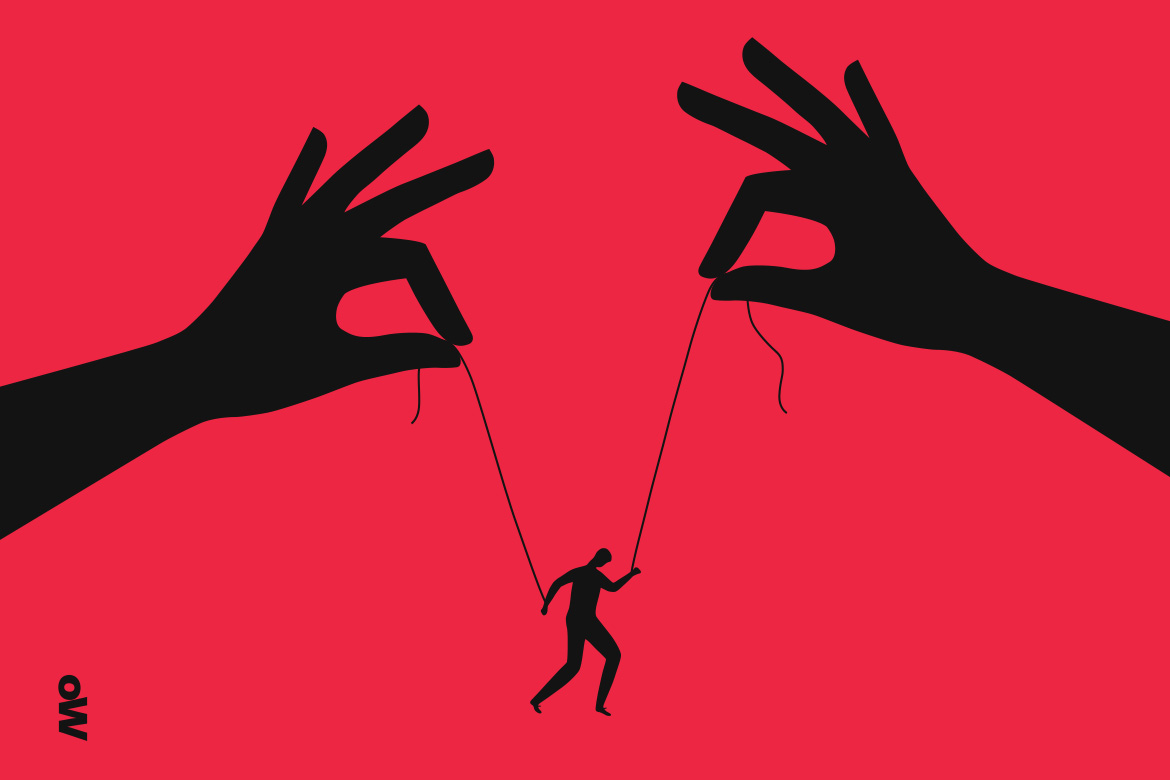Quiz: Am I Hot? Fire Hazard or False Alarm?

Imagine you’ve landed on a deserted island with no mirrors, social media, or glossy magazines. How would you rate your attractiveness? The “Am I Hot?” quiz poses this provocative question, making us ponder the nature of beauty and self-perception. Get ready for an exciting exploration of how our concept of “hotness” is formed and why it’s so important in the modern world.
[qm_quiz id=’13624′]
History and Origins of the “Hotness” Concept
The notion of “hotness” or attractiveness has deep historical roots. Even in ancient civilizations, people strived for ideals of beauty and attractiveness. In Ancient Egypt, for example, there were strict canons of beauty reflected in the art and fashion of the time. In Ancient Greece, the cult of physical beauty was so strong that it gave birth to a whole philosophical direction – kalokagathia, the teaching of harmony between physical and moral beauty.
With the development of psychology in the 20th century, interest in self-esteem and perception of one’s own attractiveness became the subject of scientific research. The works of psychologists such as Sigmund Freud, Carl Jung, and Abraham Maslow laid the foundation for understanding the importance of self-perception in personality formation. Their studies showed that how we see ourselves profoundly affects our behavior, relationships with others, and overall psychological well-being.
In the 1960s, with the development of the human rights movement and feminism, a revision of traditional beauty standards began. This led to a more inclusive understanding of attractiveness and “hotness.” Activists and thinkers of the time challenged established norms, asserting that beauty can and should be diverse. This period marked the beginning of a long journey towards accepting various forms of beauty, which continues to this day.

Psychological Aspects of the “Am I Hot?” Quiz
The “Am I Hot?” quiz is based on several key psychological concepts. Self-perception theory, developed by psychologist Daryl Bem in the 1960s, states that people form perceptions of themselves by observing their own behavior and the reactions of others. This means that our perception of our own “hotness” is often formed based on how we think others perceive us.
The concept of self-esteem, researched by Morris Rosenberg, showed how our opinion of ourselves affects social interaction and personal well-being. People with high self-esteem often perceive themselves as more attractive and “hot,” which in turn affects their confidence and social success.
Social comparison theory, proposed by Leon Festinger, explains our tendency to evaluate ourselves by comparing ourselves to others. In the context of “hotness,” this can manifest in how we compare our appearance, charisma, or social status with those around us.
Finally, the concept of body image, studied by Paul Schilder, reveals the complex relationship between our physical body and psyche. How we perceive our body deeply affects our self-esteem and sense of our own attractiveness.

Sociocultural Factors Influencing the Perception of “Hotness”
The concept of “hotness” doesn’t exist in a vacuum – it’s closely tied to social and cultural factors. With the development of mass culture in the 20th century, media began to play a key role in shaping beauty standards. Glossy magazines, television, and then the internet started broadcasting certain ideals of appearance that were often unattainable for most people. Research shows that constant exposure to idealized images in the media can negatively affect self-esteem, especially among young people.
The emergence of social media in the 2010s created a new reality where everyone can become a “star” of their own media space. Platforms like Instagram and TikTok provided people with new tools for self-presentation and comparing themselves to others. This created both new opportunities for self-expression and new challenges for self-esteem and perception of one’s own attractiveness.
Cultural differences also play a huge role in defining “hotness.” What is considered attractive in one culture can be completely different in another. For example, in some African cultures, fullness is considered a sign of beauty and well-being, while Western culture has long been dominated by an ideal of slenderness. These differences highlight the subjectivity and cultural conditioning of the concept of “hotness.”
Historical changes also influence standards of attractiveness. In the Renaissance era, voluptuous forms were valued, in the 1920s – androgyny, and in the 1950s – curvy figures came back into fashion. These cyclical changes show how changeable and conditional beauty standards are.

Scientific Research on the Perception of Attractiveness
Science doesn’t stand still, and questions of attractiveness and “hotness” are actively studied by researchers. Evolutionary psychology, represented by the works of David Buss, suggests that some aspects of attractiveness may have a biological basis related to mate choice and reproduction. For example, symmetrical facial features are often perceived as more attractive, which may be related to the subconscious perception of them as a sign of health.
Neurobiology contributes to the understanding of attractiveness. Studies using functional magnetic resonance imaging (fMRI) show that the perception of attractive faces activates areas of the brain associated with the reward system. This may explain why we feel pleasure when looking at people we find attractive.
Social psychology investigates how attractiveness affects our perception of other qualities in a person. The halo effect, first described by Edward Thorndike, shows how physical attractiveness can influence our opinion of other qualities of a person, such as intelligence or kindness. This phenomenon may explain why “hot” people are often perceived more positively in various social contexts.
Cross-cultural studies conducted by anthropologist Donald Symons revealed an interesting paradox: some aspects of attractiveness are universal across cultures, while others are culturally specific. This underscores the complexity and multifaceted nature of the concept of “hotness,” which is formed at the intersection of biology, psychology, and culture.
Practical Applications of the “Am I Hot?” Quiz
The “Am I Hot?” quiz can have several practical applications beyond mere entertainment. First and foremost, it can serve as a tool for self-discovery, helping people better understand their attitude towards their own appearance and attractiveness. This process of self-analysis can be the first step towards improving self-esteem and developing a healthier relationship with one’s body and appearance.
In an educational context, such a quiz can be an excellent opportunity to discuss important topics in psychology or sociology courses. It can be used to illustrate concepts of social construction of beauty, media influence on self-perception, and cultural relativity of attractiveness standards. Discussing quiz results in a group can promote the development of critical thinking and empathy.
From a marketing perspective, such quizzes can be an effective tool for brands working in the beauty and fashion industry. They can be used to draw attention to products related to improving appearance or boosting self-confidence. However, it’s important that such use is ethical and doesn’t exacerbate self-esteem issues.
Finally, the “Am I Hot?” quiz can serve as a tool for psychological research. Analysis of respondents’ answers can provide valuable data on self-perception and attitudes towards one’s own attractiveness in different demographic groups. This information can be useful for developing strategies to improve psychological well-being and combat the negative consequences of unrealistic beauty standards.
Ultimately, true “hotness” is not just about external data, but a complex combination of confidence, charisma, kindness, and individuality that makes each person unique and attractive in their own way.
How to Play?
Click the "Start Quiz" button and answer each quiz question honestly. There are no right or wrong answers. You may encounter multiple-choice questions or statements to rate on a scale of agreement. Once you finish the quiz, you'll receive results that provide insight into your personality traits, including strengths and weaknesses. Use this information to increase self-awareness and make positive changes.
How many questions does this quiz have?
16 Questions
How long does it take to complete this quiz?
4 Minutes
Questions Overview
[qm_quiz_questions id=13624]





